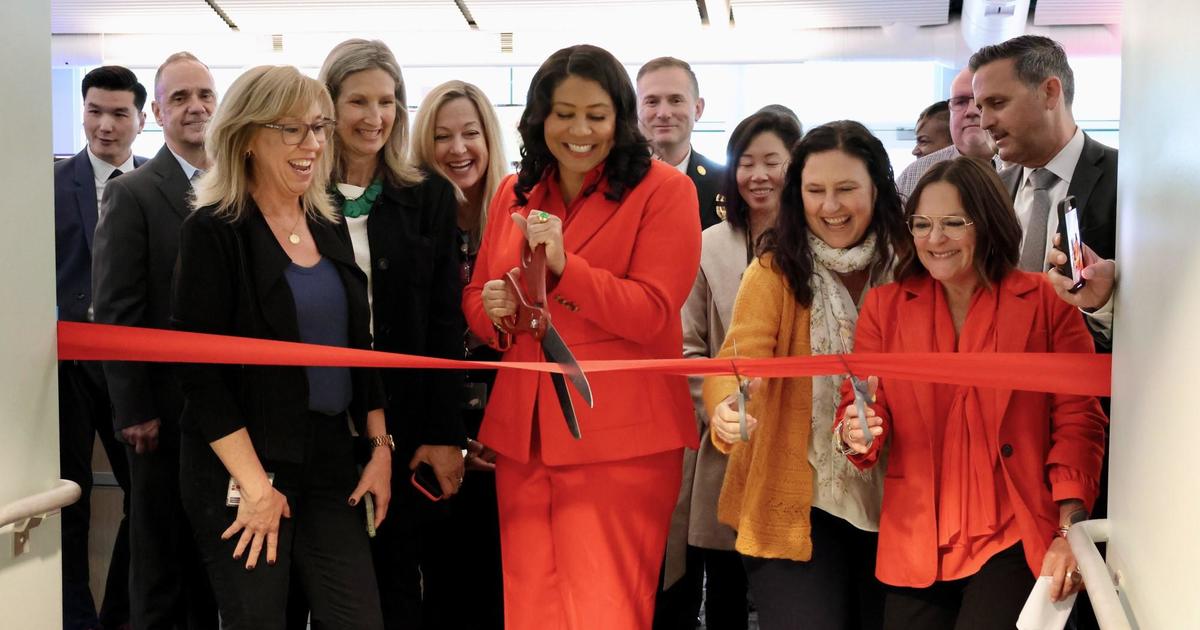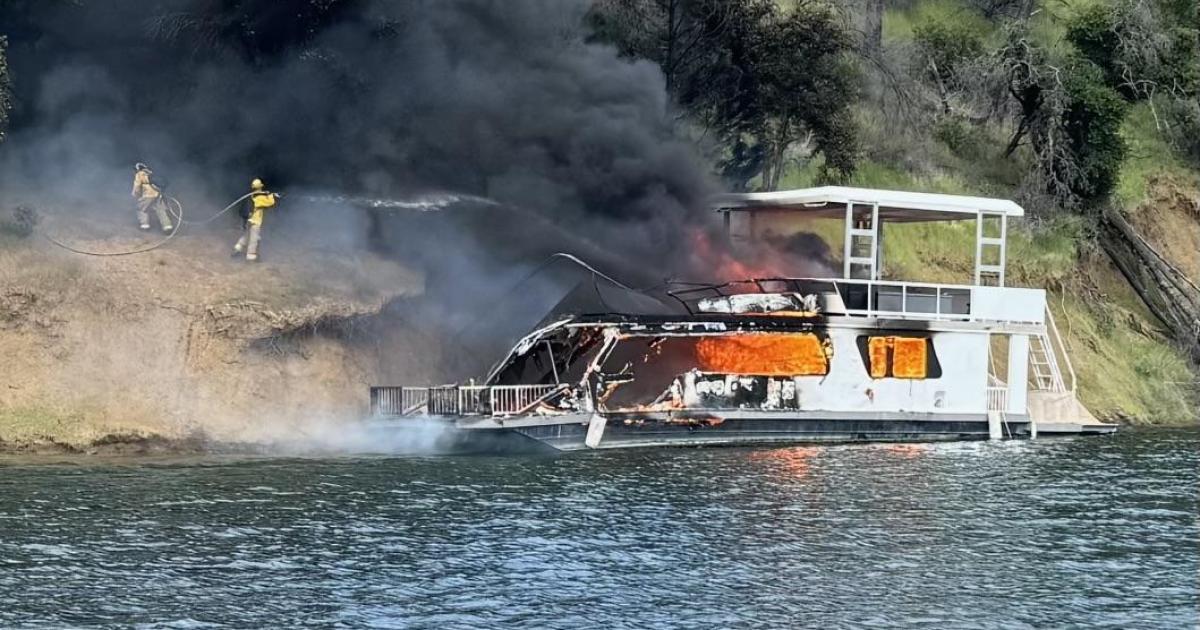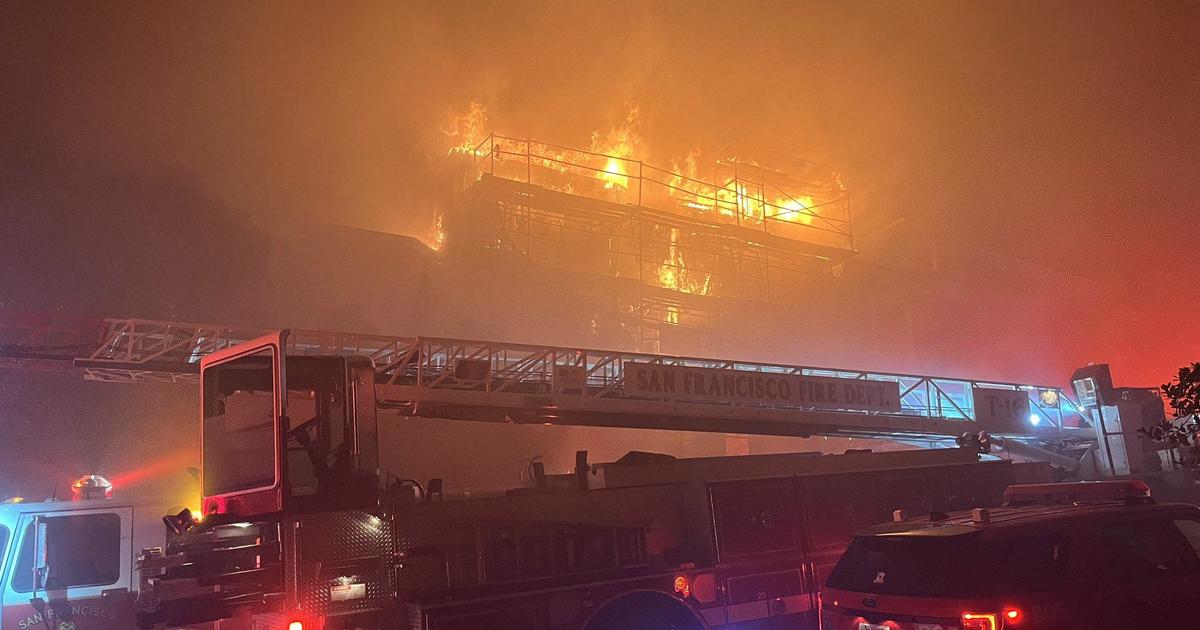COVID-19 Update: Contra Costa, Marin, San Mateo And Santa Cruz Counties Move To Orange Tier
SACRAMENTO (CBS SF) -- California Health and Human Services Secretary Dr. Mark Ghaly on Tuesday announced that four greater Bay Area counties -- Contra Costa, Marin, San Mateo and Santa Cruz -- have moved to Orange Tier on the state COVID-19 monitoring system.
The move of those counties will allow for local health officials to relax COVID-19 restrictions and allow for wider operation of businesses, though Gov. Gavin Newsom noted that local jurisdictions had the option of keeping stricter regulations in place.
The state saw wide improvement over the past week, with 10 counties now in the Yellow Tier and 17 counties in the Orange Tier.
Ghaly noted the progress most counties have made in moving through the tiered system.
"If we go way back to the beginning of our tier system, we had 38 counties in purple, quite a bit of movement. Only two counties in yellow, now 10," said Ghaly. "So we've seen as we've talked to you about our slow and stringent approach of our blueprint that counties are moving through, are beginning to see some increased openings of various sectors and increasing the occupancy of those sectors that have been open for quite some time."
Contra Costa County health officials noted that residents must continue to exercise caution in their activities despite the progress.
"It is now more important than ever to follow the state health guidance for physical distancing and use of face coverings, to keep everyone safe and healthy during the holiday season and to avoid a return to the red tier," a press release issued by Contra Costa Health officials read.
"This is a total team effort, and by team I mean everyone who lives and works and loves San Mateo County," said County Manager Mike Callagy in a press release regarding the county's progress.
San Mateo Health Officer Dr. Scott Morrow still warned residents against participating in traditional Halloween activities, despite the county's progress.
"We are moving quickly towards Halloween and the holiday season. We can't stress enough: wear your face covering, wash your hands, avoid close-contact with anyone not in your household. We have too much riding on our progress to go backwards now. Our comeback depends on all of us," said Morrow.
"We've all made sacrifices to get in front of this pandemic in Marin," said Dr. Matt Willis, Marin's Public Health Officer. "This progress is a sign of what we can do. But it way too early to let up. Just last week, Marin reached 100 COVID-19 deaths. It's important to rethink the traditions to gather during the holidays, especially as flu season arrives. Our collective actions over the next few weeks will decide if we can retain this level of reopening."
Newsom said the progress advances the cause of reopening school classrooms, but offered a caveat.
"We have protocols and a process in place and we have mandates on testing and PPE that must be put into place before we can safely reopen for in-person instruction," he said.
In many cases, all four counties will be able to expand the maximum capacity of indoor businesses from 25 percent to 50 percent or 200 people, whichever is fewer.
Gyms, fitness centers and hotels will also be allowed to reopen indoor pools, while gyms themselves can increase their capacity from 10 percent to 25 percent of their maximum occupancy.
Moving into the orange tier also allows multiple sectors like offices, cardrooms, bowling alleys, climbing walls, wineries and bars, breweries and distilleries at which food is not served to resume operating inside with caps on capacity.
Last week, the state allowed counties in the orange tier to reopen outdoor theme parks and professional sporting venues to fans at limited capacities. However, indoor sports venues, such as the Santa Cruz Warriors' Kaiser Permanente Arena, are still not allowed to sell tickets.
Sonoma County remains the only Bay Area county that remains at the Purple Tier for widespread risk, while Solano currently remains at the Red Tier. More information on the state's risk level system is available at the Blueprint for a Safer Economy COVID-19 website.
Earlier, after initially discussing the state's ongoing struggle with wildfires, Newsom turned his address to the latest on California's COVID-19 response.
Newsom outlined recent developments in the state's efforts to partner with neighboring states to ensure that once developed, a COVID-19 vaccine will be distributed safely with full equity and transparency.
The governor announced a new Drafting Guidelines Workgroup that would determine the prioritization and allocation of vaccines.
"This is focused on the ethics of distribution: Who should be prioritized? How do we allocate the supplies? How do we not only do so safely - the Scientific Review Committee - but do so with the sense of urgency and prioritization of the most vulnerable?" said Newsom.



